Creeping thyme is a kind of ‘may need to have’ crops you see in shiny life-style magazines, with gentle pink floral carpets cascading over cottage yard partitions or sprawling all by a gravel yard overlooking the ocean, creating an altogether dreamy and aspirational ambiance. Excellent news! It’s quite simple to recreate this check out house. Examine on to hunt out methods to create your specific particular person little slice of flowering creeping thyme heaven that spreads shortly by your entrance yard.
This fragrant herb, though edible, is used primarily as a yard panorama instrument or as a flooring cowl, filling gaps between stepping stones and crevices in dry-stone partitions. It’d successfully even be used as another choice to a grass yard, rising just a few inches tall, capable of face as a lot as inexpensive foot friends, and offering a spectacular imaginative and prescient of pink when in bloom.
There are fairly a couple of advantages to rising the inexperienced leaves and normally white flowers of creeping thyme in your yard. Low upkeep rising and together with an excellent fragrant flooring cowl are fairly a couple of the advantages. Each the flowers and leaves are edible, and in distinction to many different herbs, creeping thyme crops don’t lose their model when in bloom and when the flowers die. Creeping thyme usually is a magnet for pollinating bugs, notably bees and butterflies, which supplies scrumptious model to the next honey.
Good Merchandise At Amazon For Rising Creeping Thyme:
Fast Care Knowledge


| Frequent Title(s) | Creeping thyme, mom of thyme, wild thyme |
| Scientific Title | Thymus praecox, Thymus serpyllum |
| Days to Harvest | 90-180 days |
| Mild | Full photograph voltaic |
| Water | Each 10-14 days. Drought tolerant |
| Soil | Appropriately-drained |
| Fertilizer | Balanced liquid fertilizer |
| Pests | Aphids, spider mites |
| Illnesses | Gray mildew, root rot |
All About Creeping Thyme
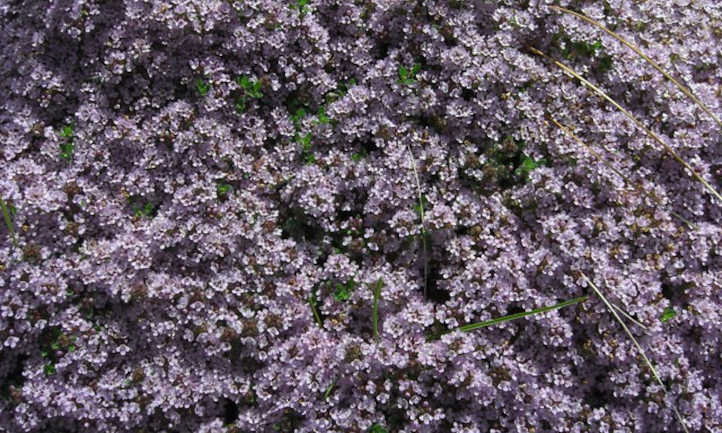

There are two key sorts of thyme with a low rising conduct that offers rise to the frequent set up ‘creeping thyme’: Thymus praecox, moreover often called the mom of thyme, and Thymus serpyllum, usually known as wild thyme. There’s quite a lot of security irrespective of which thyme selection is chosen. The thymus genus is a part of the mint household, Lamiaceae, and originates from southern Europe and Asia.
Creeping thyme is a short-lived woody perennial coated in foliage, lasting spherical 3 to five years before turning into unproductive and spindly. It has a sprawling progress conduct rising to 3-4 inches tall above the underside (7-10 cm) and 6-18 inches (15-46 cm) unfold. First-year progress is sluggish, however as shortly as established, blooming thyme will attain most unfold in spherical 3 years.
The gray/inexperienced tiny oval-shaped leaves are barely bushy and intensely fragrant. Tender new stems have the only model and strongest aroma. Flowers that butterflies love seem as clusters of small purple/purple, white flowers, and pink or pale pink flowers on the tip of stems in late spring and mid-summer. The inexperienced leaves could also be utilized to model cooked meals reminiscent of soups, casseroles, and stews and the flowers may be added as a garnish to salads so as in order so as to add shade and curiosity. Thymus praecox – or purple creeping thyme – grows barely taller (4 in) than Thymus serpyllum (2.5 in) and has deep, wealthy purple/purple flowers. Most completely completely different thyme, together with wild thyme, have white to vibrant pink flowers.
Creeping thyme smells implausible and is a flooring cowl that spreads by rhizomes rising all by the soil flooring. This, along with its dense rising conduct, out-competes and smother weeds making it a wonderful diversified to a grass yard, notably once you plant begins in staggered rows. It is usually non-toxic, making it secure for the whole household, together with pets.
Planting Creeping Thyme
Rising these thymes is straightforward. They’re sometimes began indoors by planting seeds after which transplanted outdoors in late spring or early summer time season. It’s going to even be divided from a mature plant or grown utilizing shop-bought garden-ready inventory. While you need to create a creeping thyme yard, then your greatest and most economical danger is to plant seeds.
Begin seeds indoors in early spring for planting out lastly menace of frost has handed. Measure the rising house and calculate the variety of creeping thyme crops you’ll ought to cowl this space primarily based completely on the final word phrase plant unfold, which is 6 to 18 inches (15-46 cm) every technique, relying on the variability. While you need to obtain full security sooner, then house crops further densely. It’s furthermore an excellent suggestion to sow seeds for transplants yearly to fill any gaps.
Massive healthful crops may be divided in spring or fall and planted into new yard places or shared with mates and neighbors. Plant creeping thyme in a heat, sheltered sunny spot with well-draining soil. For people who’re rising in containers, add at the least 30% horticultural grit or sand to the compost combine to assist with drainage. Thyme doesn’t need to have moist toes! In case your soil is heavy, add in fairly a couple of pure matter to lighten the soil.
Care
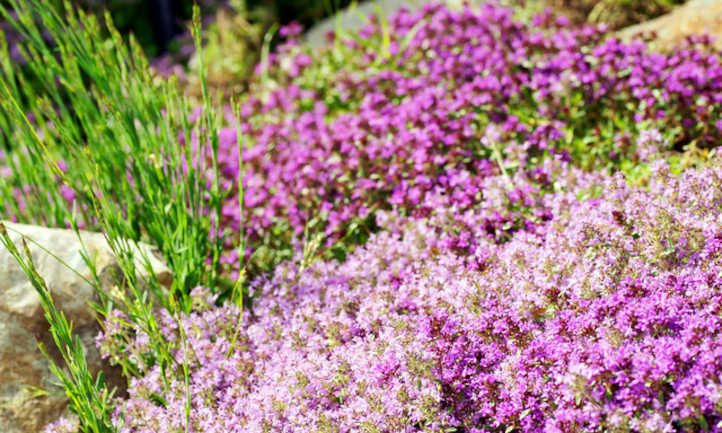

As shortly as established, creeping thyme could very properly be very low upkeep. Listed beneath are some suggestions on rising creeping thyme to deal with yours wanting good all 12 months spherical.
Picture voltaic and Temperature
Creeping thyme likes to develop in full photograph voltaic with a minimal of 6hrs direct daylight per day. This glorious flooring cowl is hardy in USDA zones 4-9, though frost safety can be needed for colder areas. This accommodates white creeping thyme too. A deep mulch of chipped bark all through the underside of the plant will defend the roots from freezing over winter.
Water and Humidity
A youthful plant ought to have a daily watering schedule in its first 12 months to assist roots organize. Established plantings should be watered as shortly as each 10-14 days to deal with this drought-tolerant plant in tip-top state of affairs. Don’t depart creeping thyme dehydrated for too extended, as these dense mats could not get increased throughout the event that they dry out an excessive amount of. Water deeply utilizing a watering can or hose with water directed on the soil. Don’t over-water, notably all through the cooler months, as moist roots could find yourself in rot and demise of the plant. No watering is required over winter in addition to you’re dwelling in terribly widespread climates. Water container-grown creeping thyme when the pots are completely dry.
Soil
Everytime you’re rising creeping thyme, the soil should be well-drained, light, not overly fertile, and ideally barely alkaline. A rock yard or rocky soil is an excellent place for this plant. Enough drainage is important, notably once you’re rising in pots. Intention for a 30:70 mixture of compost and drainage offers like grit or perlite to confirm water can drain away from roots shortly. Place bricks or pot toes beneath containers to assist with drainage. Creeping thyme will develop fortuitously in poor soil reminiscent of rock partitions and rock gardens.
Fertilizing
Typically, thyme doesn’t require frequent fertilizer. In reality, nitrogen-rich fertilizers will produce leggy weak crops. A fall or spring mulch ought to retain moisture and keep crops rising all 12 months prolonged, or use a balanced liquid or delayed-release fertilizer in spring to develop creeping thyme flooring cowl lawns. Fish fertilizer utilized on to the underside cowl works efficiently too.
Pruning
Pruning is important to rising creeping time. It stimulates new progress to take care of up healthful crops, though try to not overly prune all through the primary 12 months to permit time for crops to find out. In subsequent years prune in late fall or early spring to take out any weak, spindly progress. Prune as quickly as further to take away spent flowers in mid to late summer time season. It’s greatest to make the most of hand or electrical shears to produce a lovely even end to flooring cowl carpets of creeping thyme. For lawns, set the mower blades to a minimal peak of three inches. Any decrease and likewise you menace chopping into the sooner picket that won’t rejuvenate.
Propagation
Thyme may be propagated from seed, stem cuttings dipped in rooting hormone, division, and layering, however as a result of low rising conduct of creeping thyme, the only propagation strategies are from seed and division. Creeping thyme doesn’t produce extended satisfactory stems to take worthwhile cuttings with out chopping into earlier picket, and creeping thymes will naturally layer with none help.
Start rising creeping thyme seeds indoors in early spring for planting out after the final word frost has handed. Sow fairly a couple of seeds into small pots filled with general-purpose soil, cowl flippantly, water, and depart by a heat, vibrant window. Germination can take as so much as 28 days and is usually inconsistent, so endurance is required at this diploma. Skinny rising seedlings to the two or 3 strongest and develop on till they’re able to be planted out as flooring cowl.
To divide your creeping thyme, choose a lovely, healthful plant with fairly a couple of stems rising from the underside. A one- to two-year-old plant works greatest and may hold longer than older specimens. Dig up all the plant, being cautious to not harm the thought ball. Gently tear or lower the plant in as many objects as you require guaranteeing that every piece has satisfactory roots associated. Plant every new piece into its new rising place between stepping stones or as a flooring cowl, and water efficiently.
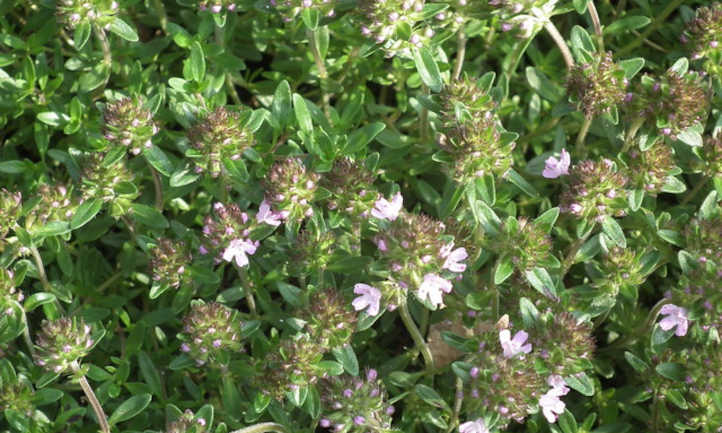

Harvesting and Storing
Though creeping thyme is used further for decorative options, the leaves and flowers may be eaten, so it might very properly be a disgrace to waste these prunings!
Harvesting
Creeping thyme may be harvested as and when wanted all by the use of the rising season. Watch out to not over-exhaust the plant by chopping into the woody stems. Merely snip off the updated progress with a pair of scissors. Wash the foliage gently with chilly water to retain as quite a few the mandatory oils and magnificence as potential.
Storing
Freshly picked thyme may be saved all through the fridge wrapped in damp kitchen paper or in a zipper lock bag for every week to 10 days. Sprigs of newest thyme may be frozen individually on a tray, and as shortly as frozen put correct proper right into a freezer bag and used to model soups and stews.
Stems may be laid flat on a mesh tray to dry in a darkish, heat, well-ventilated room to dry. This may take fairly a couple of weeks. As shortly as they’re completely dried, crumble the herbs and retailer them in an hermetic container for as so much as 18 months.
Troubleshooting
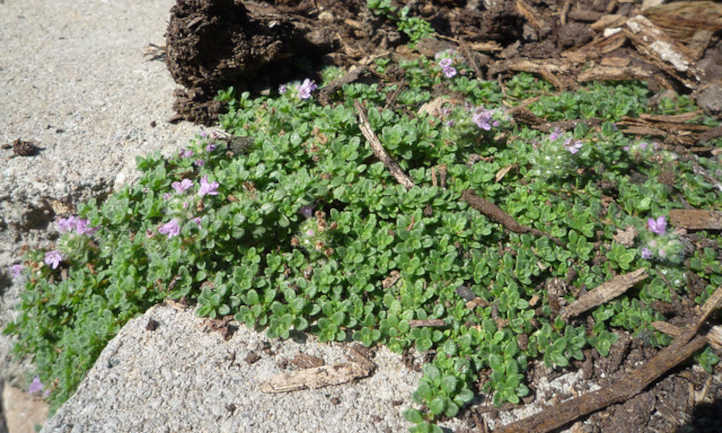

Creeping thyme is comparatively pest and disease-free, however like most crops, there are one or two factors to look out for, which we have now coated beneath.
Rising Factors
Many individuals love creeping thyme due to it smells implausible, it has resistance to interrupt from foot friends, and it has pretty early summer time season blooms. However one amongst many components folks have when rising creeping thyme is a lack of flowers. This may be attributed to timing, because of the blooming season could not have arrived. It’d furthermore relate to the fact that almost each thyme selection (even frequent thyme) blooms take only a few years to look.
Pests
Aphids (Aphidoidea) assault the youthful new progress on creeping thyme leading to distorted leaves and stems. They’re sometimes handled biologically by the discharge of helpful bugs that feed on them, reminiscent of ladybug larvae (cococinella septempunctata). Alternately, spray with a wonderful pure insecticidal cleaning cleansing cleaning soap or neem oil. Squishing aphids with fingers or a fast blast of water may help cut back numbers.
Spider mites (Tetranychidae) are tiny reddish brown arachnids that hold in large colonies on the underside of leaves. They thrive in scorching, dry environments, similar to the favored rising situations of creeping thyme. Proof on crops may be seen as a advantageous webbing between stems and a speedy decline in plant successfully being. Keep away from spraying with pesticides as these mites have constructed up a resistance to many merchandise throughout the market. Chemical substances may also kill pure predators reminiscent of lacewings and ladybugs. Take away and destroy the worst affected stems and whole crops if needed to stop further unfold. Similar to aphids, a fast blast of water may help cut back numbers.
Illnesses
Gray mildew, moreover often called Botrytis cinerea, is an airborne illness that may influence any a part of the plant all by gentle, damp native climate. Indicators embrace wilting stems, brown leaves, and gray/brown fur on each stems and leaves. Take away and destroy affected crops to stop further unfold. Good plant husbandry may help all through the prevention of botrytis, reminiscent of dealing with crops with care when harvesting, clearing away leaves or completely completely different decaying particles spherical crops, watering solely when needed, and offering satisfactory spacing to permit good air circulation.
Root rot, moreover often called Rhizoctonia, is a fungus attributable to an excessive amount of watering, poor drainage, and excessive humidity. It primarily impacts crops all through the cooler months of spring and winter as soon as they is more likely to be sitting for extended intervals with waterlogged roots. A mannequin new plant could possibly be very inclined. The primary indicators of the illness are a scarcity of vigor, adopted by wilting stems and yellowing leaves. With the primary indicators of root rot, cease watering and permit the soil to fully dry out, and take away any mulches that will stop further water from evaporating. The place a plant is badly affected, rigorously dig it up and take a look at the roots. In the reduction of any roots that seem mushy or brown to a healthful diploma. Replant it in a mannequin new place, with good drainage, or if grown in a pot, a mannequin new pot with new soil. If quite a few the roots are affected, it’s greatest to destroy the plant. Discard any contaminated soil from pots and deal with affected areas with an pure copper-based fungicide. Disinfect all units to avoid transmitting the illness elsewhere all through the yard.
Repeatedly Requested Questions
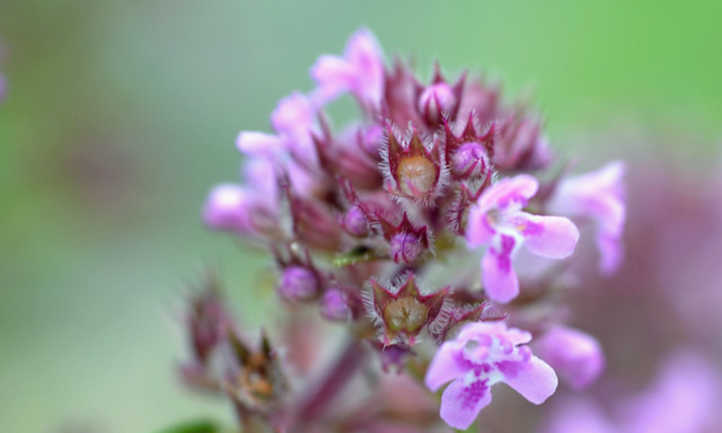

Q: How shortly does creeping thyme unfold?
A: Vegetation are sluggish to develop of their first 12 months however unfold shortly as shortly as established, reaching a most unfold of roughly 18 inches inside 3 years.
Q: Does creeping thyme come as soon as extra yearly?
A: Creeping thyme is an evergreen, short-lived perennial lasting roughly 3 to five years when grown in acceptable situations.
Q: Is creeping thyme invasive?
A: Creeping thyme is solely not an invasive plant. Self-seeding varieties are merely managed, and mature crops solely unfold to spherical 18 inches all by.
Q: Does creeping thyme like photograph voltaic or shade?
A: As a plant of southern European/Mediterranean origin, all thyme crops have to develop in full photograph voltaic however will tolerate partial shade.
Q: Is creeping thyme poisonous to canine?
A: Creeping thyme is completely secure for all pets.
Q: Will creeping thyme take over grass?
A: Though it’s a slow-growing plant, creeping thyme will out-compete completely completely different crops like grass and weeds.
Q: Does creeping thyme develop all through the shade?
A: Vegetation require a minimal of 6hrs direct daylight, so they may tolerate partial shade.
Q: Does creeping thyme repel mosquitos?
A: All thymes are believed to repel mosquitos, notably lemon-scented varieties.
Q: Is creeping thyme edible?
A: Each the leaves and flowers of creeping thyme are edible.
Q: Does creeping thyme want water?
A: All thyme crops are drought-tolerant, however don’t depart them dehydrated for too extended as it can harm the successfully being of the plant.



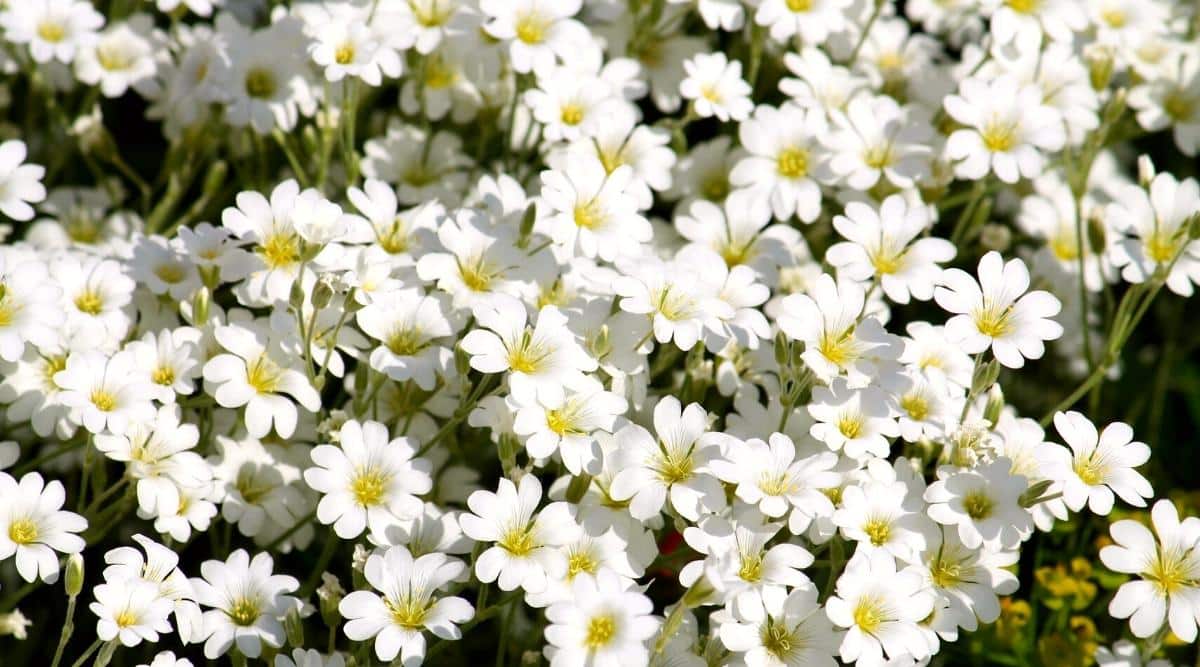
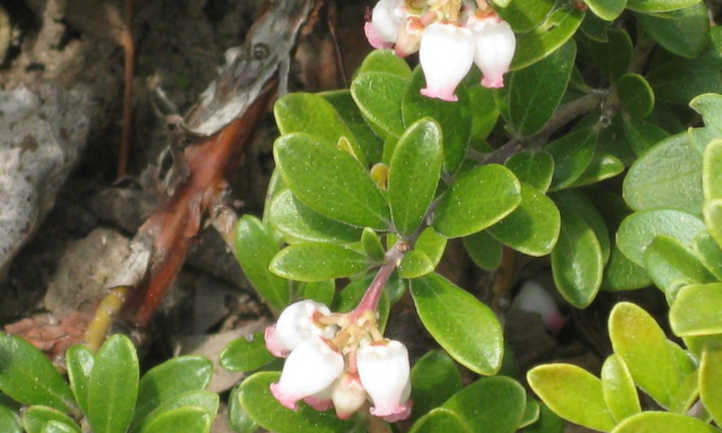
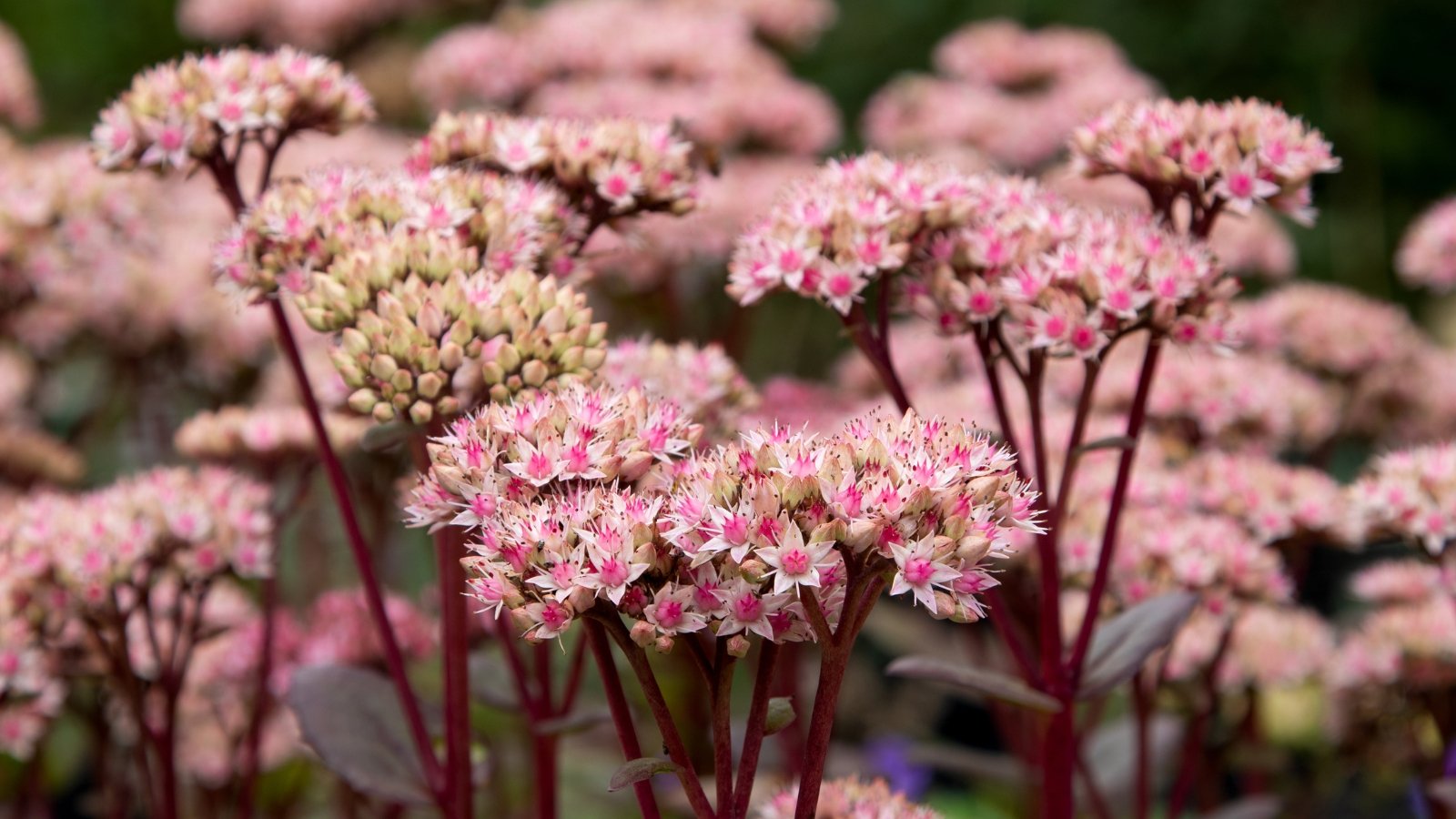
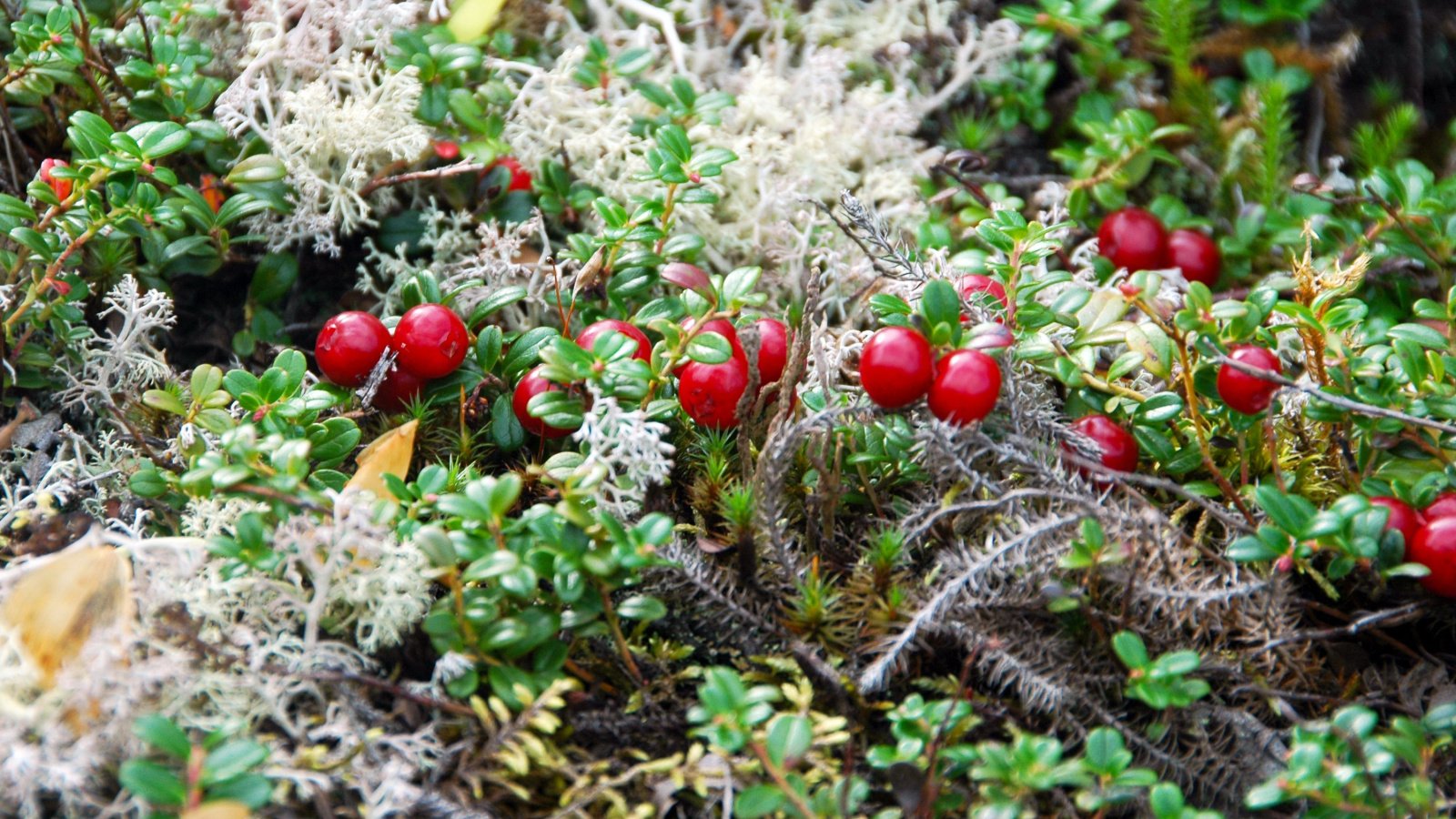
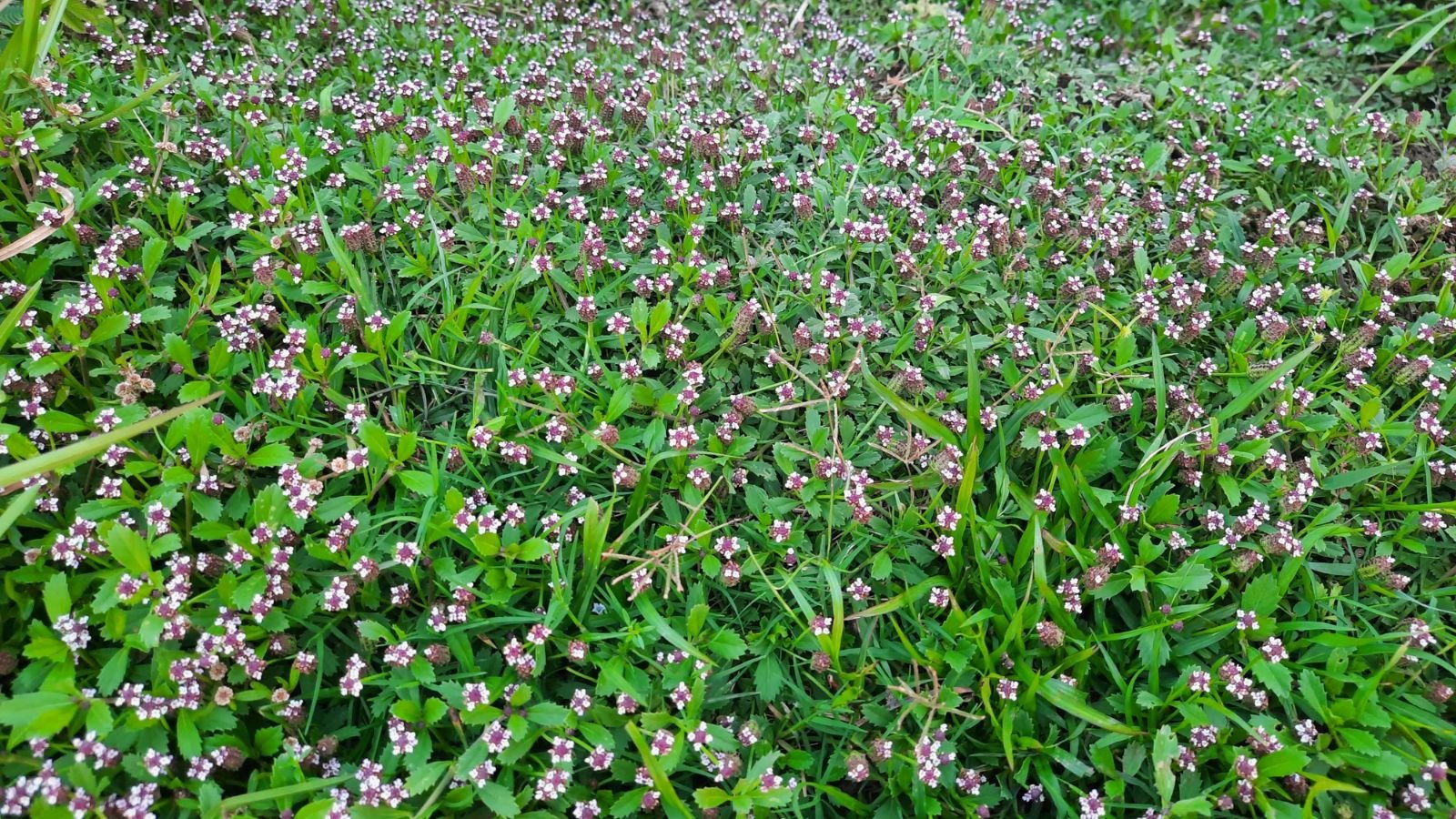
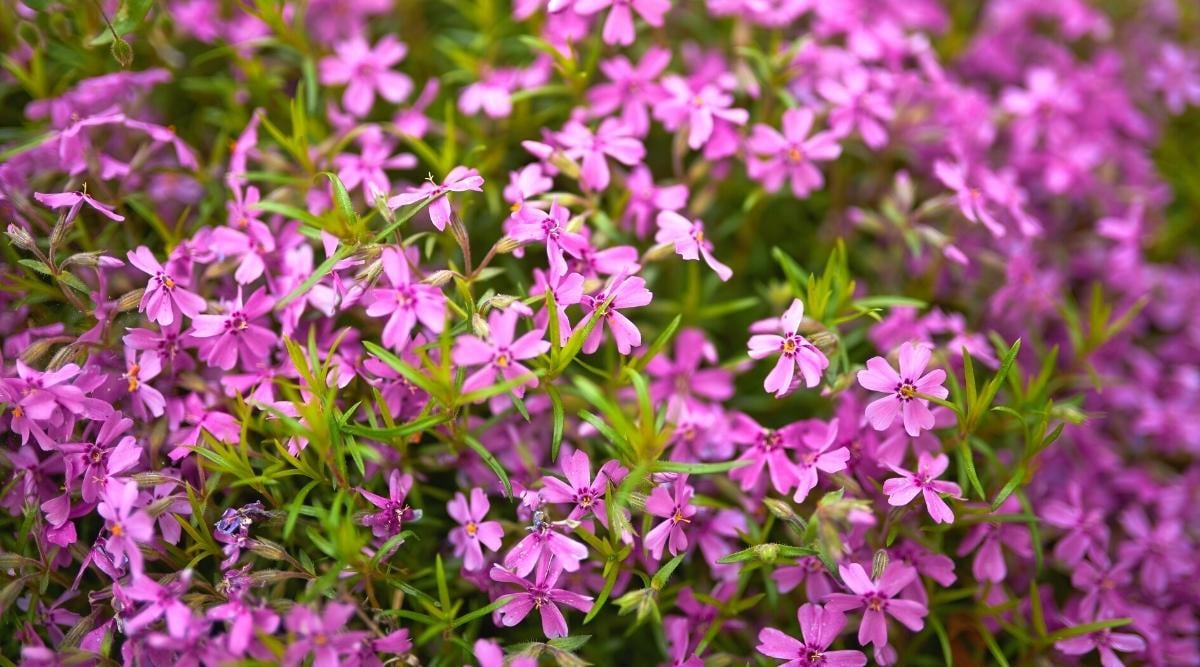
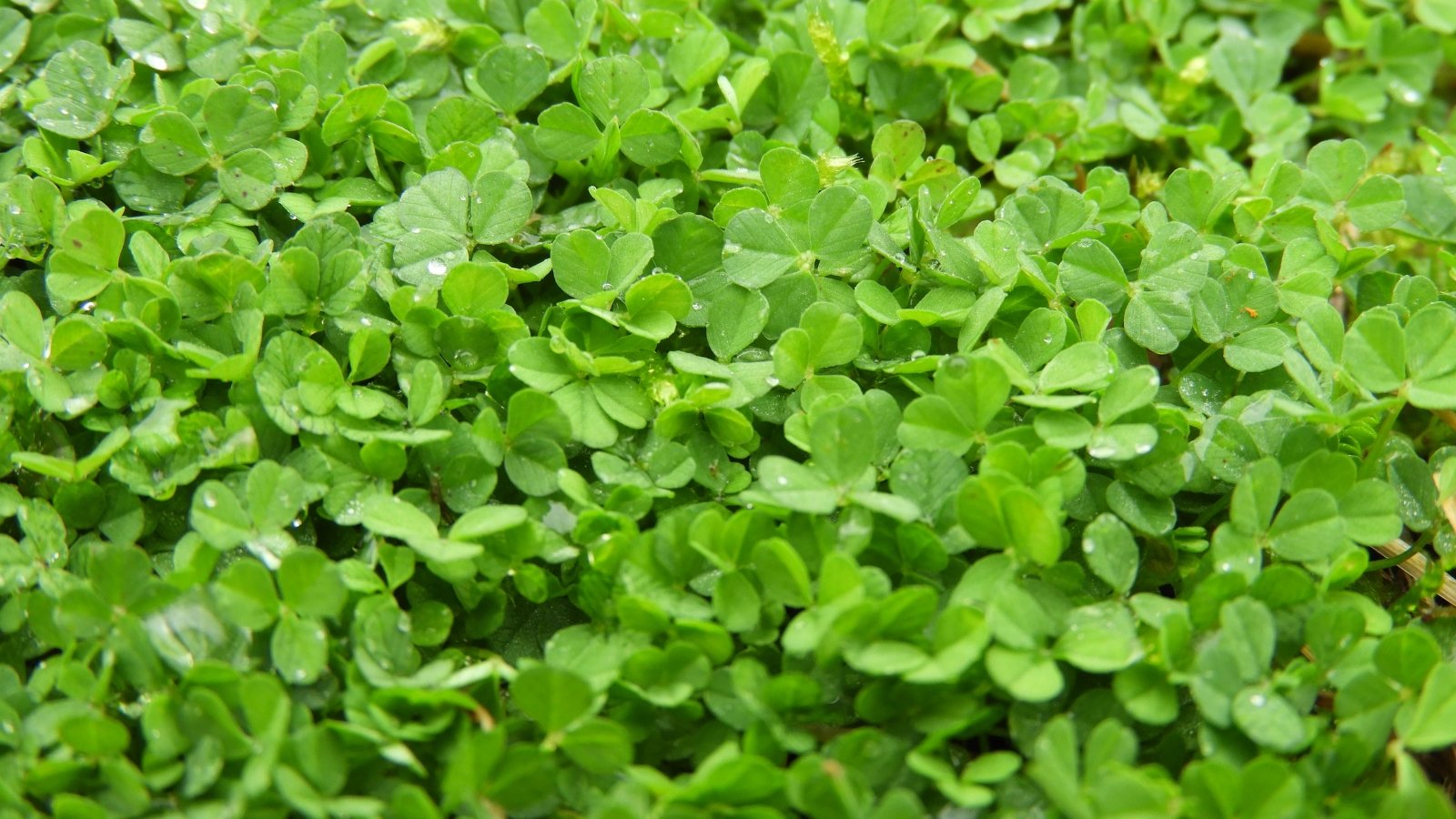
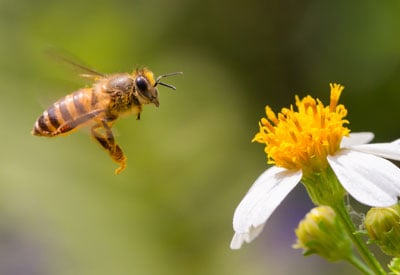


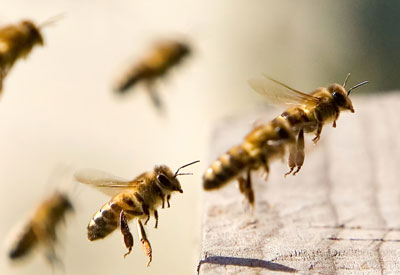
Leave a Reply